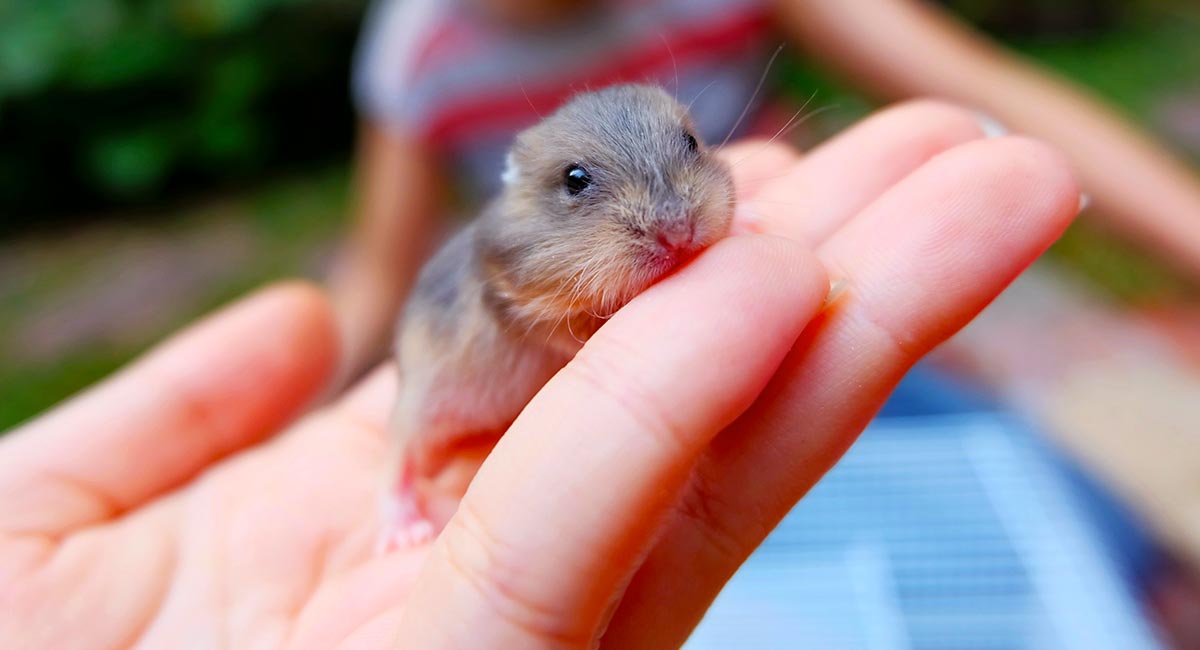Giving your pet the wrong kind of food as well as giving your pet a
lot of food are just two of the key reasons why obesity is rampant in
many dogs and cats nowadays. The obesity crisis is further aggravated by
pet owners not giving their dogs and cats enough physical exercise on a
regular basis. The following are some of the most effective tips in
helping pet owners boost the weight loss of their beloved pets:
- You need to practice portion control and find out the right amount of food to give your pet on a daily basis. If you love giving your pet many treats, you need to measure the extra calories contained in those treats.
- Do give your pet physical exercise on a regular basis so you can help him burn those extra calories and weight.
- You should only give high-quality dog food to your beloved pet.
Contact your vet Acupuncture before starting your pet on a weight-loss regimen.





